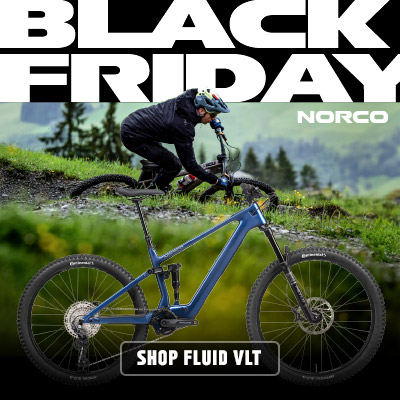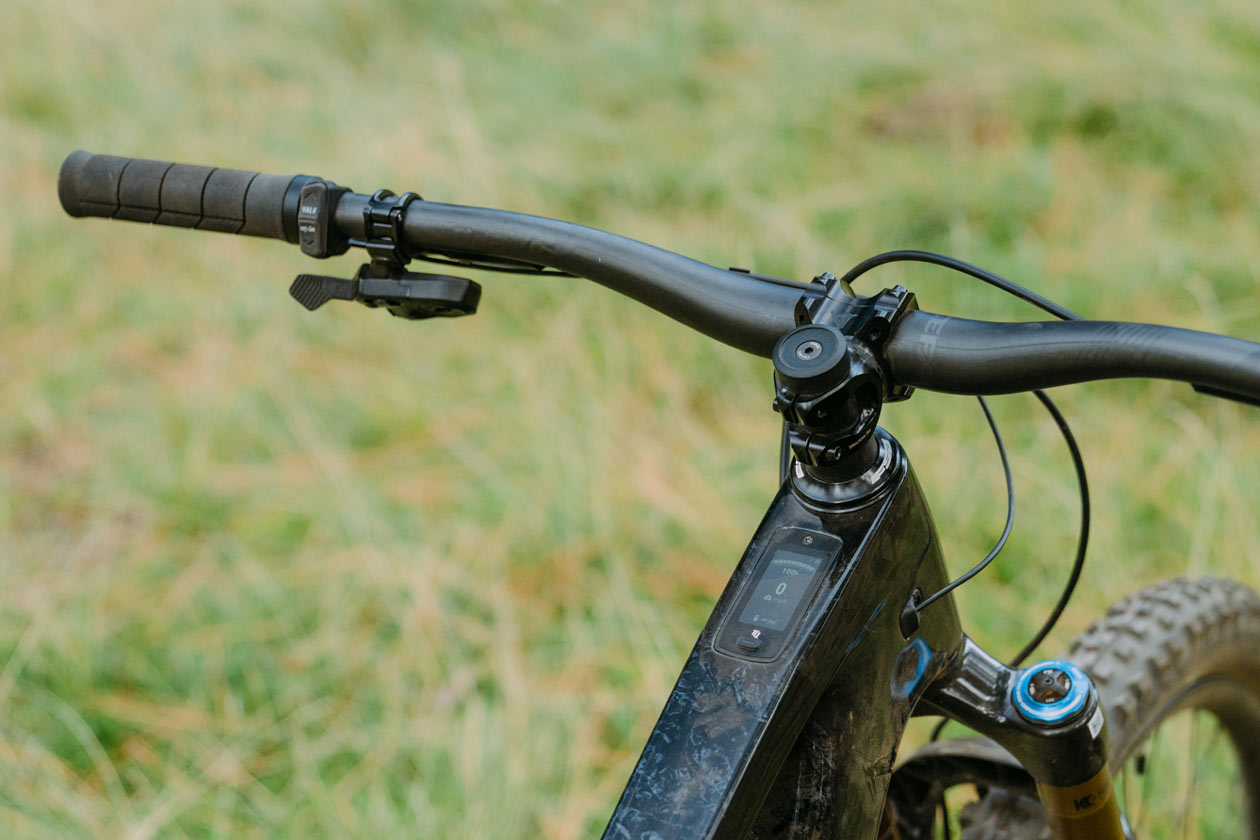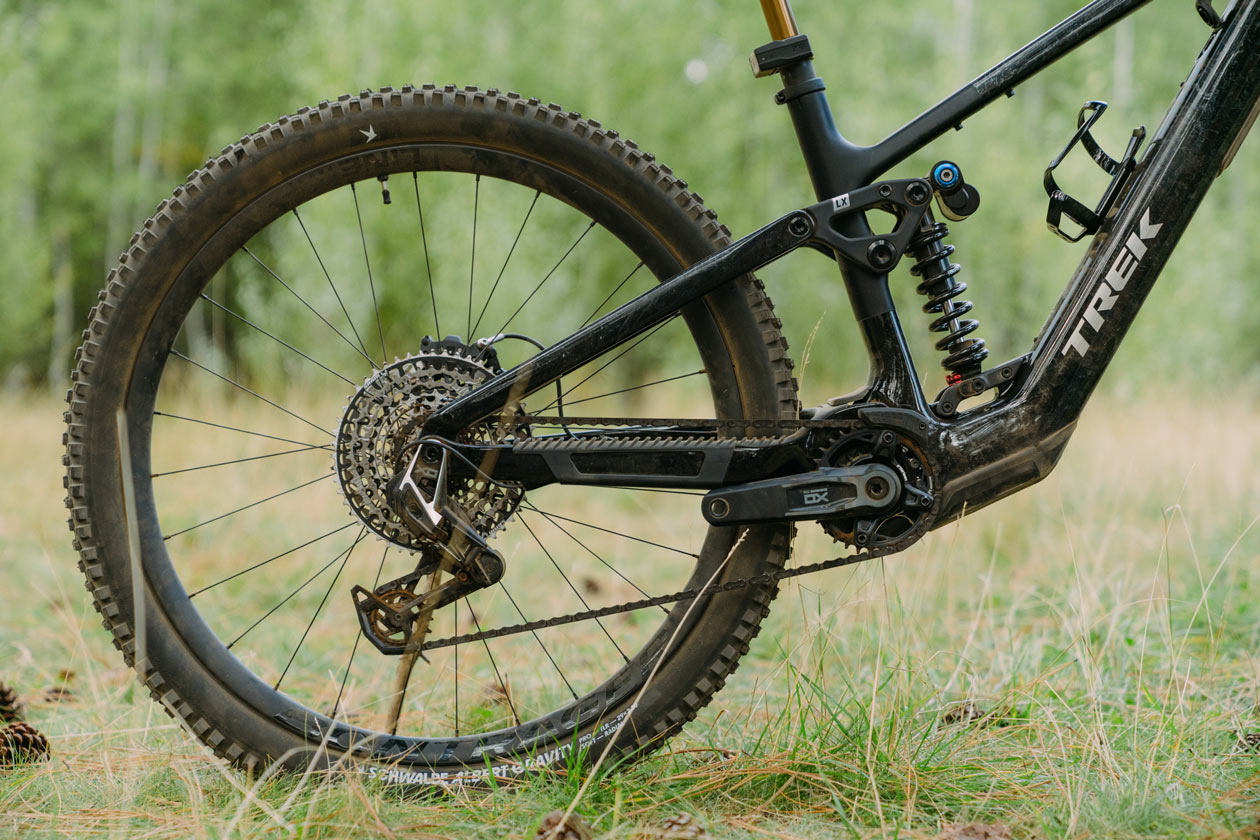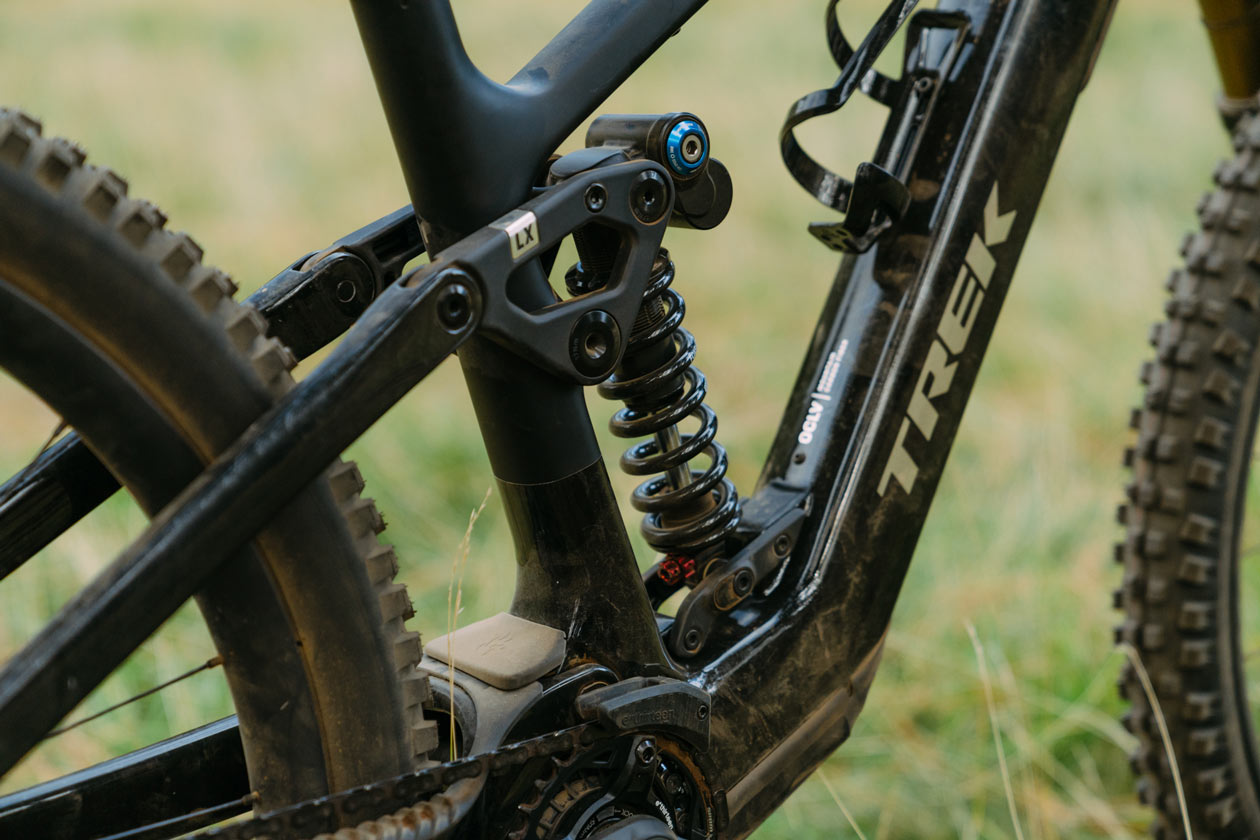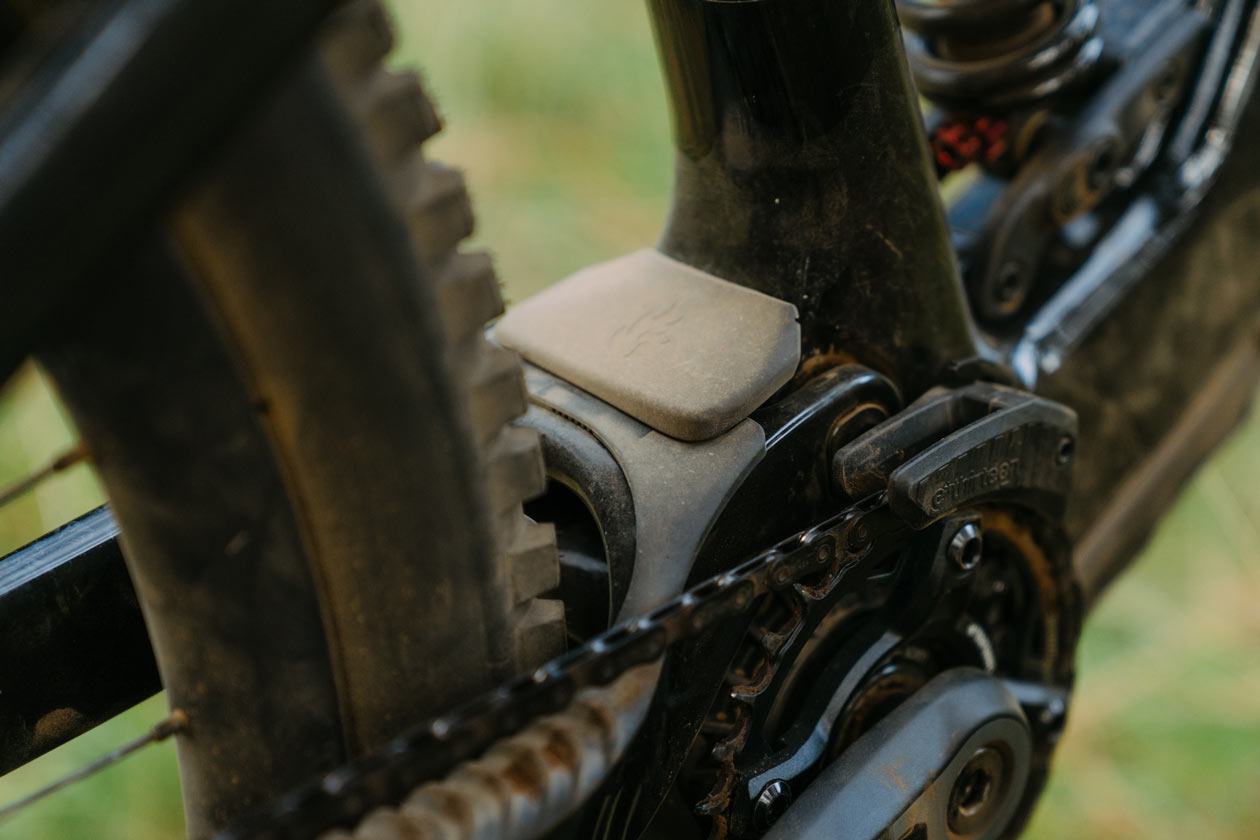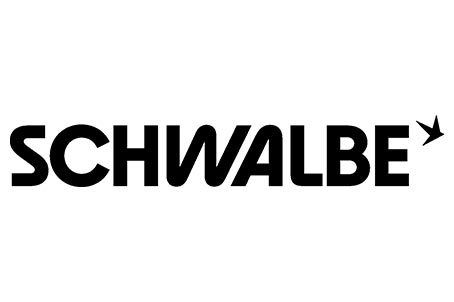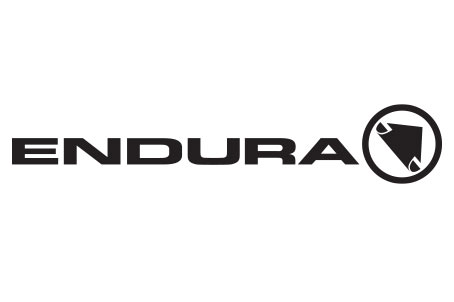WE DIG
WE DON’T
ABOUT THE TREK FUEL+ LX
We won’t delve into the details of all the various configurations possible for the new Trek Fuel+, beyond saying it’s highly adaptable. For the 2025 SL Shootout, Trek sent the big boy our way —the Fuel+ LX —with 160mm of rear travel, 29-inch wheels, and the TQ HPR 60 drive unit.
DRIVE UNIT AND ELECTRONICS | The new Fuel+ LX is equipped with the TQ HPR 60 drive unit, which delivers 60Nm of torque and 350W of peak power. TQ’s battery boasts a generous 580Wh capacity, which is removable, and can be paired with a 160Wh range extender for a total range of 740Wh. Thanks to TQ’s Harmonic Pin Ring system, the drive unit stays exceptionally quiet.
TQ’s two-inch display screen is integrated into the top tube of the Fuel+ so it sits flat. A single button at the bottom of the display turns the screen on and off, and also allows you to toggle through the different features. The screen displays all necessary information, such as ride mode and battery life. Higher models of the Fuel+ get added color on the screen for extra clarity.
A small and simple controller is located at the handlebars, allowing you to toggle assistance modes and engage the walk mode. If you need to switch out the handlebars, you can unplug the controller to do so. More control and fine-tuning are offered through TQ’s app, where users can customize their lightweight eMTBs’ power, level of support, and pedal response.
FRAME AND FEATURES | Trek made significant updates when they recently revamped their Fuel lineup of bikes — both acoustic and electric. Since we have the Fuel+ LX as a part of this roundup, we’ll try to keep the information focused on that specific configuration. However, first, let’s discuss how this single frame is actually three different bikes.
Between the different shock mounts and rocker links – and by using different shock lengths – Trek has built three different bikes using the same frame. Simplified, the EX rocker link creates a 140mm rear and 150mm forked bike with dual 29-inch wheels. The MX rocker link transforms the frame into a mixed-wheel setup with 150mm rear and 160mm of fork travel. Lastly, the LX goes big, with 160mm rear, 170mm travel, and dual 29-inch wheels.
Of course, the rocker links won’t make your fork grow 20mm. Along with the different rockers and shock mounts, you will also need accompanying suspension units to match. How many riders are likely to regularly make use of this adjustability? We’re not entirely sure, but applaud the possibilities it offers for both the user, and from a stock and costing standpoint.
This is quite a bit, but it isn’t all Trek did when designing this new Fuel+. The different shock mounts feature flip chips to adjust leverage ratios, offering either progressive or linear settings. It is also helpful when running a coil shock. They also redesigned the frame of this light eMTB, allowing more space in the front triangle and freeing up space to run massive seatposts. Trek says their size Medium frame can accommodate a 200mm dropper.
Trek also went with the zero-stack headset standard on the Fuel+. This allows riders to more easily run different aftermarket bar and stem combinations and standard spacers, without having to deal with proprietary parts. It also allows for angle-adjust headsets.
SUSPENSION | Delivering the 160mm of rear travel on the Fuel+ LX is Trek’s ABP, or Active Braking Pivot, suspension. This is a linkage-driven single pivot suspension system, with a concentric pivot located at the rear axle. These concentric pivots help with suspension performance, especially while under braking, keeping this lightweight eBike smooth in the rough.
GEOMETRY | The beauty of using two shock mounts and three rocker links to switch between bikes is that they help conserve geometry. But, there will still be some changes, especially considering the suspension travel spans 20mm front and rear. This is the geometry for our size Large Fuel+ LX.
The HTA is relatively slack at 63.4°, and that is paired with a 76.3° STA, which is almost on the slacker side when compared to other bikes in the group. The bottom bracket sits at 347mm with a drop of 27mm.
Reach is on the shorter side for a Large in the SL eBike category at 473mm. This was combined with 444mm chainstays and a tall 647mm stack, and a lengthy wheelbase of 1,275mm.
Trek made the call to equip the XL and XXL with longer chainstays, coming in at 447mm and 452mm, respectively.
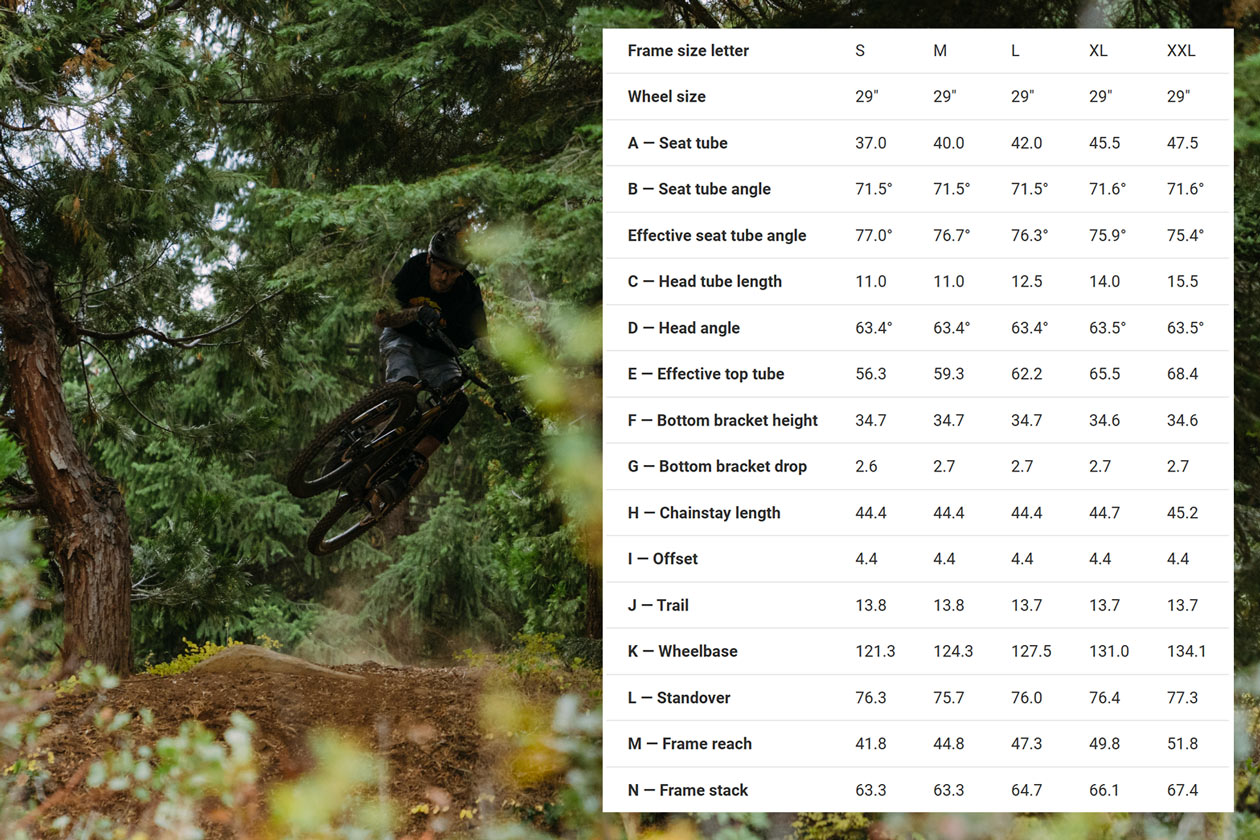
BUILD SPECS | Trek spoiled us on this one, sending the Fuel+ LX 9.9 X0 AXS. They have four Fuel+ LX offerings, and this one sits at the very top, with a suitably top-end $11,699 retail price.
The frame is constructed from Trek’s OCLV Carbon. Up front, a Grip X2-equipped, 170mm Fox Factory 38 led the charge, taking the big hits. It was paired with Fox’s DHX2 coil shock at 160mm. Fox also supplies their new electronic dropper post, the Transfer Neo.
As the name suggests, SRAM XO Transmission handled the shifting, and SRAM Maven Silver brakes with 200mm rotors handled the stopping. For the cockpit there was a Race Face Turbine stem, 40mm rise Race Face Era bars, and a Verse Short Pro saddle with carbon rails.
Finally, the Bontrager Line Pro 30 OCLV Mountain Carbon wheelset was wrapped in our Schwalbe control rubber. A Schwalbe Magic Mary Gravity Radial front tire was paired with an Albert Gravity Radial rear tire across all test bikes.
On the scales, our size Large Trek Fuel + LX build with Schwalbe control tires weighed in at 46.8lbs (21.2kg).

THE DIRT
SETUP | We quickly got the Trek Fuel + LX up and running, with the only challenge coming in the form of the coil rear shock, which demanded different spring rates for the range of weights in our test crew. With coil shock springs, you have a less fine control of the spring rate and therefore your sag, which delivered some slightly mixed opinions across the test crew. But once dialled in, most agreed the rear-end performance was stellar.
The rest of the bike required no attention, and quickly felt natural under our riders.
ELECTRONICS AND INTEGRATION | Currently, the TQ HPR60 system is our favorite as it blends sufficient power, a very detailed display screen, silent operation (up and down), and a huge 580Wh battery. The range that you’re able to get out of the Fuel + LX was solid as a result.
Trek did a nice job integrating the system display, charge port, and adding to the overall clean package of the bike.
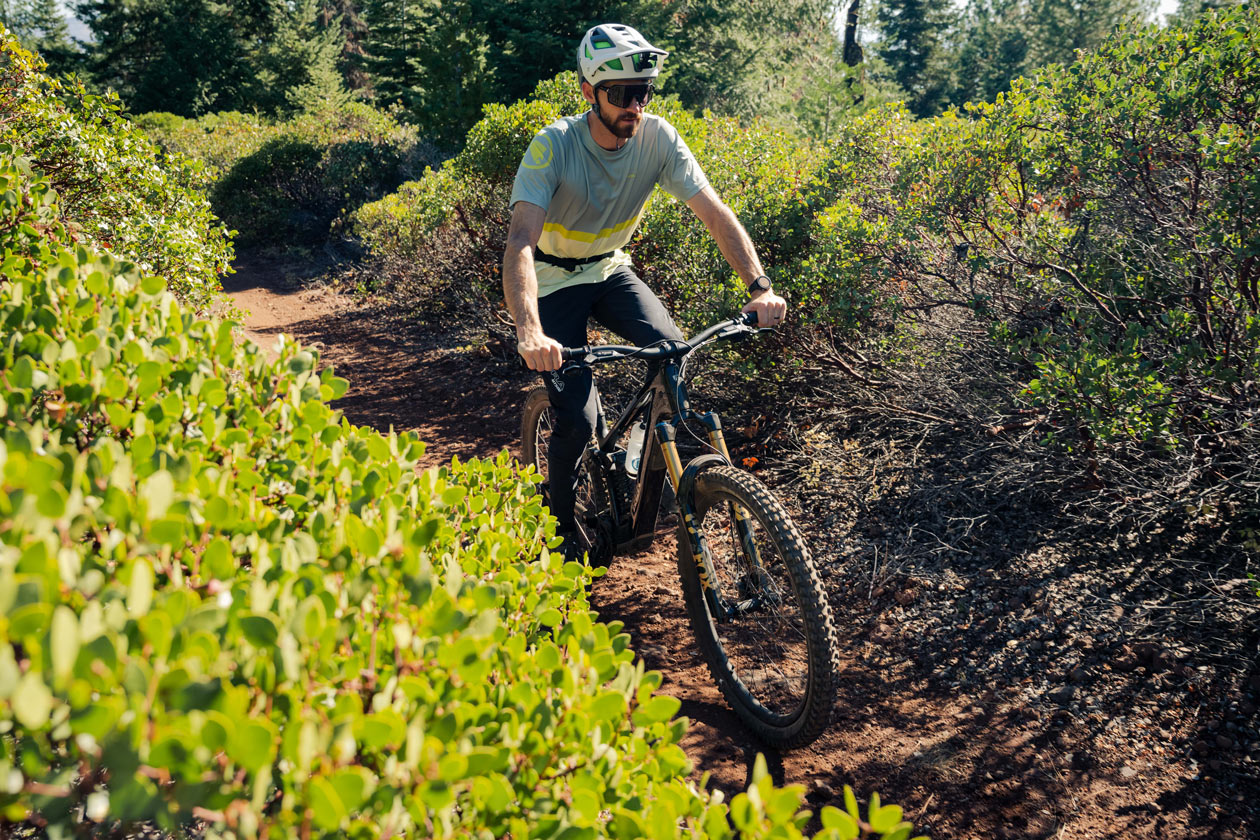
CLIMBING | The Trek Fuel + was both comfortable and occasionally a bit polarizing on some of the steepest climbs, depending on the rider’s inseam length and climbing style. We opted to drop the stem a bit to get the bars lower, which helped with front-end control on the steepest climbs. Beyond the relatively high stack, the bike was an excellent climber, and one of the most comfortable in our group test. The suspension was buttery smooth and helped keep us focused and in control on even the most technical climbs.
DRIVE UNIT RANGE TEST RESULT | We compared eMTB drive unit performance and efficiency with a standardized test. We created a 13-mile, 1,300-foot elevation “Battery Efficiency Loop” and rode every bike in its highest assist mode until the loop was done. Our test rider, Travis, is 193lbs and was diligent about his efforts and physical state for each ride.
The TQ HPR 60 system completed the loop in 01:03:23 (6th/8), but only used 192.2Wh of its 580Wh capacity (34%). This placed it best in class for consumption and capacity remaining. The predicted range in this terrain would be an impressive 38.2 miles, 3,820 feet.
To see more detailed feedback on the drive unit of this bike, head over to the Main Page of the SL Shootout. We dive into the details of each drive unit, what we like about them and what we don’t.
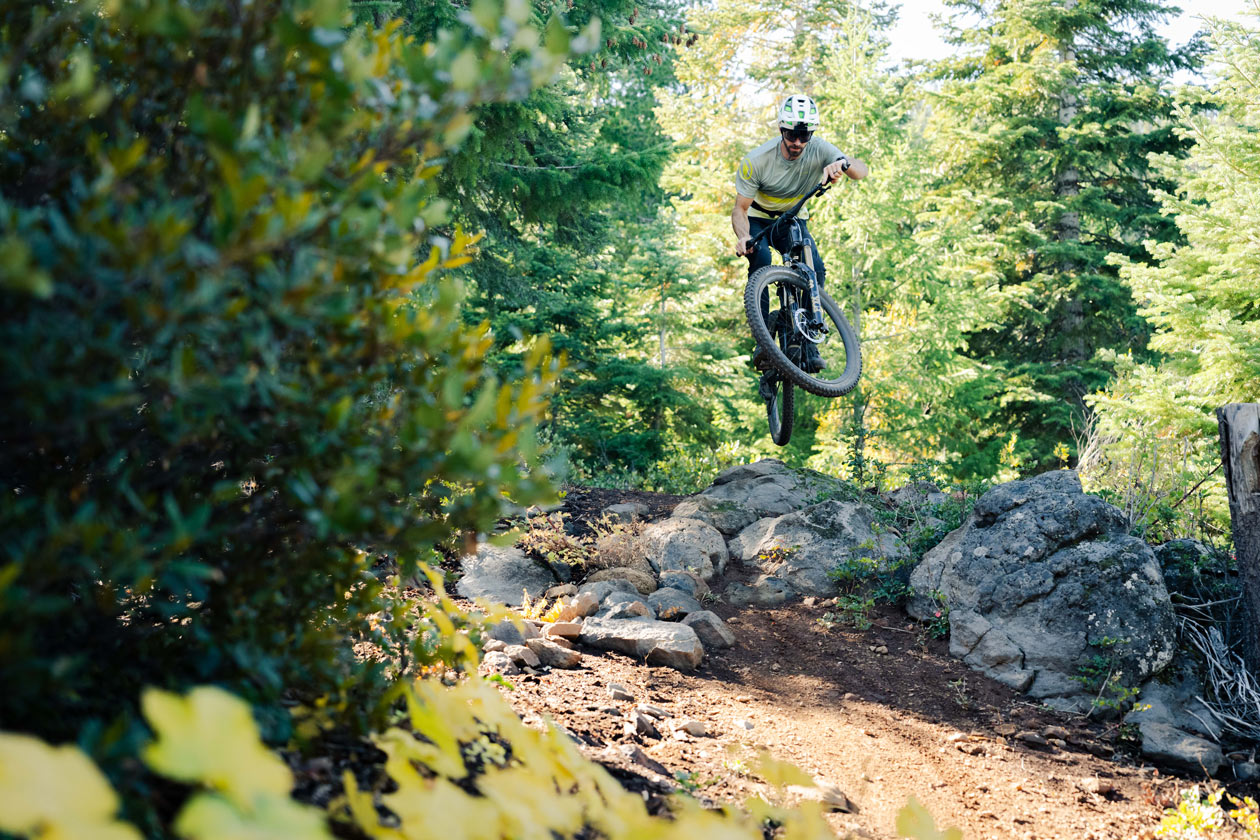
DESCENDING | Even though the Trek was a very good climber and all-around trail bike, in the LX (longest travel) guise, the downhills are where this lightweight eMTB really propelled itself to the front of the pack.
Sporting 160mm of travel out back with a 170mm fork, the Fuel + LX and its stance inspired our testers to stand up and attack. The smooth rear suspension erased all the chatter further, instilling confidence as the bike whispered, “I’m not working hard yet, keep going faster!”
Whether it was boosting natural lips like rocks or rollers or landing drops into steep chutes, the Fuel + LX handled it all. Long before the bike made its way to Klamath Falls for the final testing and filming, we brought this bike to Whistler for epic backcountry days on Double Black Whistler trails without so much as a blink of concern. We also put in several 8,000- 10,000 foot days at Mt. Bachelor bike park to see how it handled lava rock, deep loose conditions and blown-out braking bumps. Nothing seemed to faze this SL eBike, and it had us all feeling like superheroes.
The bike excelled at plowing over choppy terrain, absorbing big hits and small chatter. It’s not quite as lively and playful on flatter, more bermy trails – terrain where the Revel Rerun shone brighter – but we imagine an air shock combined with the MX link could quickly up the playfulness score. Think of it more like a lightweight, self-assisted DH bike than a long-legged all-mountain machine.
FINISH AND VALUE | From a finished product standpoint, the Trek Fuel + is a tight package. The paint is subtle yet classily attracts attention with its smoke-like or marbleized finish. All the rubber bits like the chainstay protector, downtube and shuttle guard and the rear mudflap are durable and nice quality. They function well, make the bike quiet and help protect your investment. We wouldn’t be upset to see some more seatstay protection though. Moving into the cable routing, e-integration and overall finish, the Fuel + is clearly a premium unit and it’s clear the Trek team sweated the small stuff.
While all these little details are certainly nice and do make a difference, there is no denying that to shoppers who are crunching numbers in a spreadsheet, the high price tag will be a talking point. To that end, Trek offer several models of the Fuel +, and we’d be happy on one of their lower-priced models too. Trek’s value compared to other bikes on the market sits within the range of other high end manufacturers. While it doesn’t compete with the Revel and Propain’s impressive spec for thousands less, we’d say it’s on par with Pivot and Specialized and slightly better than Yeti and Rocky Mountain.

COMPARISON AND RANKING?
While the Trek Fuel + LX was not the best value when evaluating spec to dollars, it brought a lot of performance to the table. Compared to other bikes in the test, the paint, frame finish, protectors, charge port door, and modularity of the design combined to make it a solid all-arounder.
With the LX build and a slightly under-sprung coil, the bike rides more planted and smooth than some bikes, like the Mondraker, and slightly softer than the Revel Rerun. However, the versatility and ability to tune this light eBike via shock links or an air shock means you could easily get some playfulness back, if that’s your goal. While everyone has preferences on how they like bikes to feel and behave based on their terrain and preferences, there was no denying this SL eMTB made everyone feel pretty awesome.
The Wolf’s Last Word
In short, Trek delivered something very special in the Fuel + LX. While nothing about it looks too radical or different, the performance is really all you need to focus on. This bike had our crew nodding in approval throughout testing. Nothing weird, nothing tricky, just an excellent performing lightweight eMTB all-round.![]()
Price: $11,699
Weight: 46.8 lbs
Website: Trekbikes.com
SHARE THIS REVIEW
SUPPORT AND JOIN THE LOAM WOLF PACK
Did you find this review helpful? Would you like the chance to review (and keep) products? Are you interested in saving big bucks by getting exclusive Members Only discounts from industry brands all while helping support a small, rider-owned media crew? We have big plans for our members beyond big discounts and product giveaways! To learn more and help support small, independent media, visit our Member’s Page.




